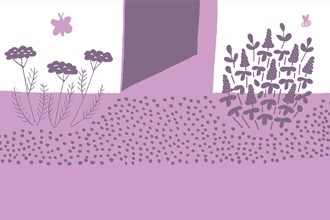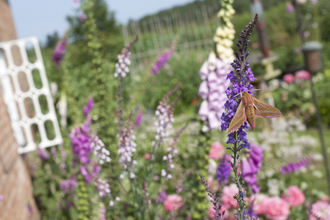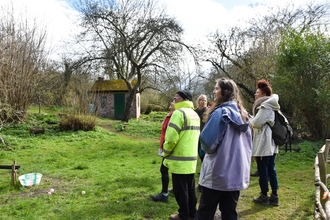Wild spaces have always resonated with me, those magical places that help calm the soul and get us in touch with our inner child. Such was the inspiration for my 'Beautiful Border' garden at BBC Gardeners World Autumn Fair.
One of the main locations which inspired my border was Bradfield Woods Nature Reserve, I would visit often while I was growing up and loved to explore the woodland - often creating fantasy narratives in my head while doing so. This ancient woodland has an almost ethereal quality and I wanted to evoke the feeling of wonder that I got as a child during those visits. The small water feature running through the border links back to vivid memories of playing in streams and pond dipping for various aquatic life. Sticklebacks were a common find and I imagined these were vicious piranhas in the fantasy land that my mind created on these family outings. Intrigued by the many creatures that inhabit the woodland, I was captivated by the small details and this interest has never left me. I now endeavour to create wildlife-friendly gardens, and always strive to aim for a rich biodiversity and ecologically-friendly practices.











